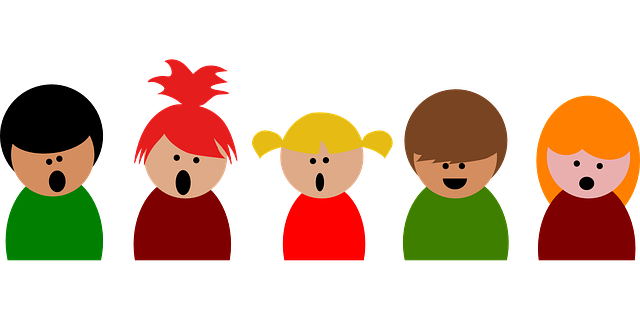PrelinguIstic skills are ways that children communicate without using words. They are good indicators of a child’s readiness to begin talking. Children who demonstrate these abilities appropriately are ready to begin communicating using sounds and words.
*Attention abilities: A child’s ability to pay attention to a particular activity or person is relative to his/her age. Between 13 to 24 months a child should gradually develop the ability to sustain their attention for a few minutes to a preferred activity. If a child is unable to pay attention to a toy, they will likely demonstrate difficulty listening to the sounds and words their communication partner is saying in order to repeat them later.
*Play Skills: Children learn by playing, so their ability to play appropriately is essential In order to learn to communicate with a partner, a child has to be able to use toys functionally.
*Joint Attention: Communication is about connecting with another person. Joint attention is the shared enjoyment of an object or event. A child who demonstrates joint attention will look back and forth between an object and his/her caregiver to non-verbally direct his/her attention to the object.
*Imitation Skills: In order for a child to repeat what his/her parents says, he/she needs to demonstrate the ability to imitate facial expressions, gestures, and body movements.
*Non-Verbal Communication: Before children learn how to communicate verbally, they learn to communicate without using words such as utilizing gestures.
*Intent to Communicate: A child’s intention or desire to communicate with another person is also essential for learning how to communicate both verbally and non-verbally. If a child is not motivated to connect with another person, he/she will likely present with difficulty using words to communicate.
Get a Free Online Assessment
Looking for an expert opinion on your child's needs? Fill out a 3 minute questionnaire and receive a personal evaluation from our staff




